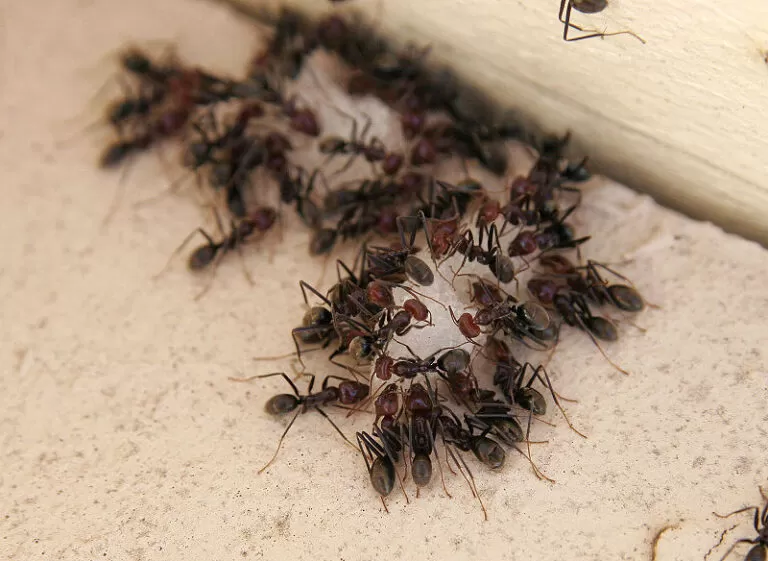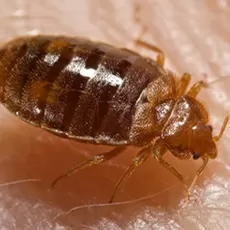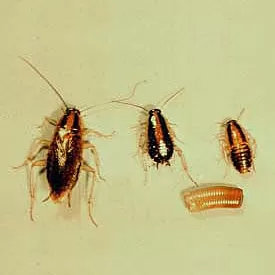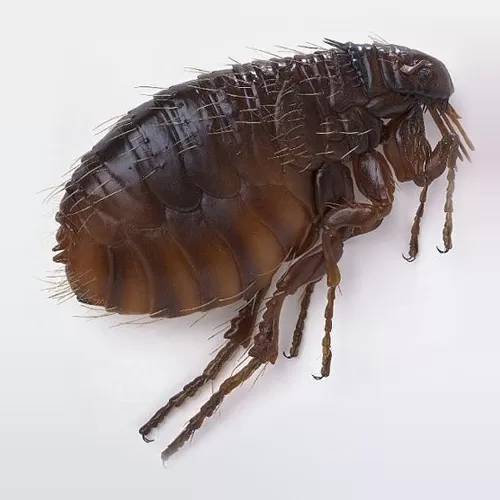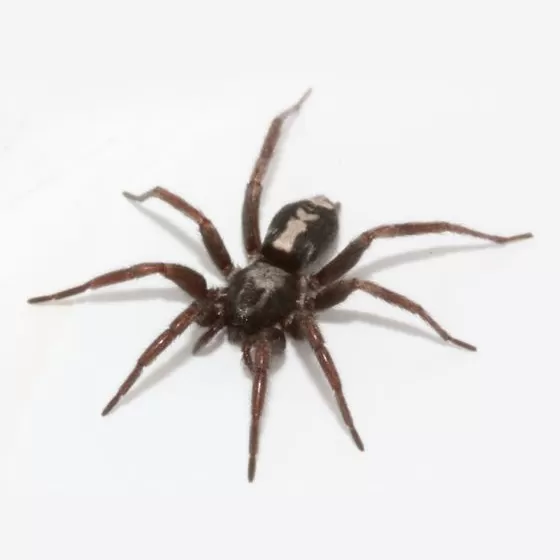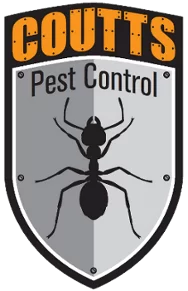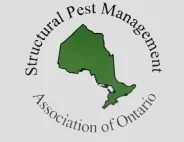I’ve used Coutts Pest Control on a couple of occasions, for different pest related issues. On both occasions, the service received was friendly, knowledgeable, and as promised. The service was explained in advance, including the expected results, warranty, etc. – No surprizes. My pest problems were solved quickly and properly. The work was done right the first time and I will use Coutts Pest Control for any future pest control needs.
Coutts
gives pests the boots
Pest Control Services
Serving Nipawin, Melfort, Tisdale, Naicam, Watson, Prince Albert, Humboldt and surrounding areas.
Contact Us Today
Please fill the form below and we will contact you shortly

